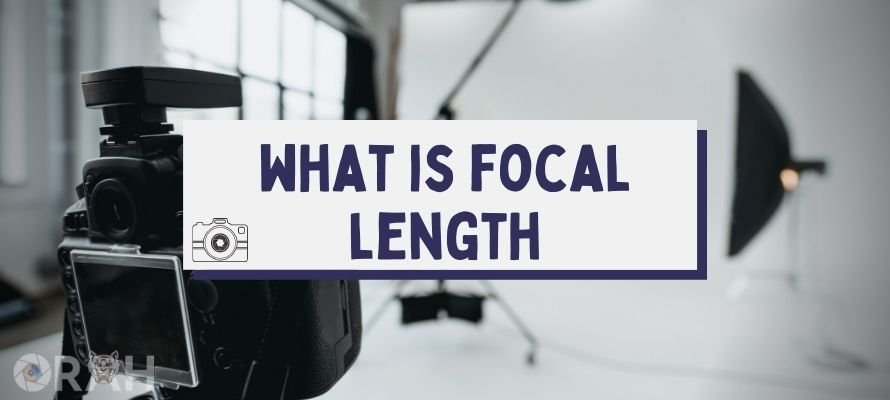
For anyone who is getting into photography, the one thing that I can tell you straight away is that there are going to be a lot of terms that will be thrown around, and more often than not, they can be confusing.
Even though the actual nature and meaning of these terms are as simple as they can get, people end up finding themselves confused in such situations to begin with.
For instance, you might be wondering just what focal length is?
A very simple concept in photography, but a lot of the time, people get confused. This is where we step in as the purpose of this article, and all our photography-related articles are to help the people who are not sure what needs to be done.
That is what this article is all about, too. Since we are focusing on almost every aspect of focal length that you might want to know.
What Is Focal Length?
Now, the thing that you need to understand about focal length is that it is a different thing in photography, and it is a different beast altogether in physics.
However, I’m not going to confuse you more than you already are, and that is why the things here are going to be simple and easy.
In photography, the focal length of the lens is an optical property of the lens, which measures the distance in millimeters between the optical center of the lens and the camera sensor or the film plane, for that matter. It is determined with the camera focused on infinity.
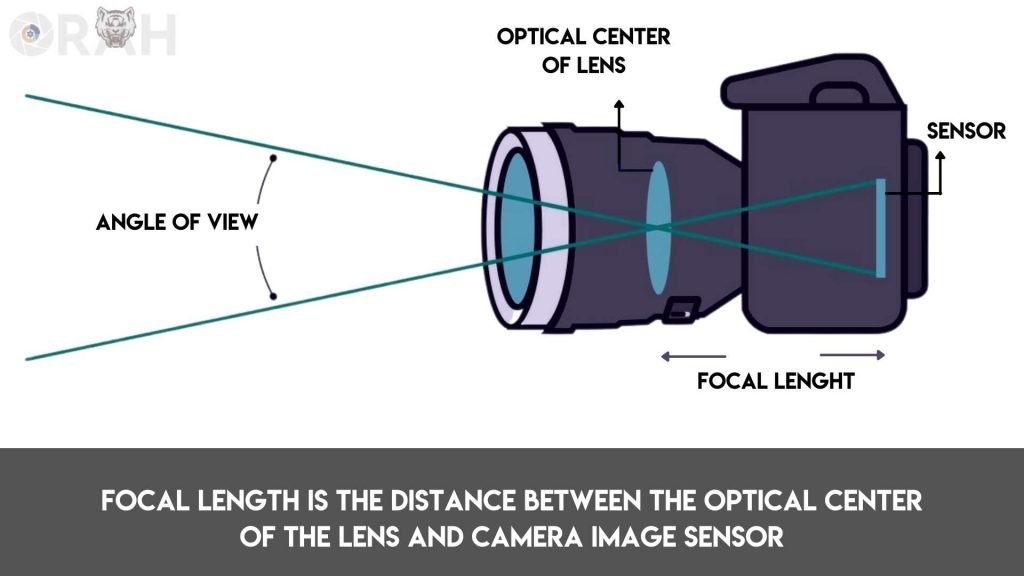
To make things easier for the users, lenses are named by their focal length, and in almost every single case, you can find the information on the barrel of the lens.
For instance, a 50mm lens will have a focal length of 50mm, and it will be written on the lens, as well as the packaging material of the lens.
Now, you might be wondering what the optical centre of the lens is. Well, a lens is not made out of a single piece of glass; instead, it is a combination of lens elements and groups of elements.
These combinations are there to help focus light properly and curtail any distortion. The location where all the right rays converge to form a sharp image that you see is known as the optical centre of the lens.
Focal length happens to be a property of the lens and not the camera. This means a camera body cannot influence focal length.
However, certain camera bodies can increase the focal length because of a common term that is called “crop factor”, something we will discuss at a later stage.
Related reading: Vibrance vs Saturation In Photography
How Focal Length Influences Your Photos? Why Is It Important?
Now, when you are talking about focal length, it is important to understand that in most cases, you are going to be wondering just how does it influence a photo and why is it important.
After all, why can’t you use your 50mm lens and take photos that are all going to look the same?
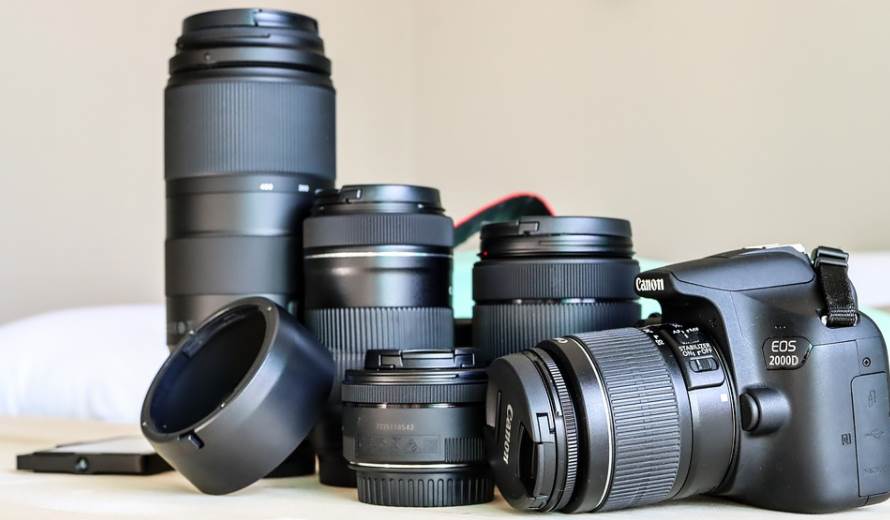
Well, that is where things are different. Focal length influences your photos in more than one way, and for your understanding, we have explained how that works below.
- Field of View: The first thing is that focal length determines how much of a scene is captured in an image. Shorter focal lengths lenses are called wide-angle lenses because they give you a wider field of view in one image. Lenses with long focal lengths are called telephoto lenses and have a smaller field of view.
- Depth of Field: Long focal length lenses have a shallower depth of field, which means that they can focus on a small object with ease. At the same time, short focal length lenses have a larger depth of field, which enables to get a lot of elements in a single photo.
- Perspective: Perhaps the most influenced factor here happens to be the perspective. Focal length influences this the most. A focal length with a shorter focal length like 35mm is going to give you a cinematic look with every element of your photo, or your video is properly spaced. However, going to an 85mm lens is going to change the perspective and give you a much tighter perspective, with fewer elements in the view.
- Image Shake: If you are using a lens with a longer focal length, your camera becomes more sensitive to motion as there is very little space in the frame to compensate for it. This, however, can be controlled with in-body image stabilization or a tripod.
Recommended reading: How To Hold A Camera
Focal Length And Field of View
When you are buying a lens, the focal length is one thing that you will have to keep in mind. However, that is not the thing that most photographers will be looking at. The field of view of the lens is also important that you should be aware of.
Now, the field of view, as the name suggests the range of view that is captured within an image. So, a lens with a smaller focal length is going to have a larger field of view because it will be able to view and capture more elements in a photo.
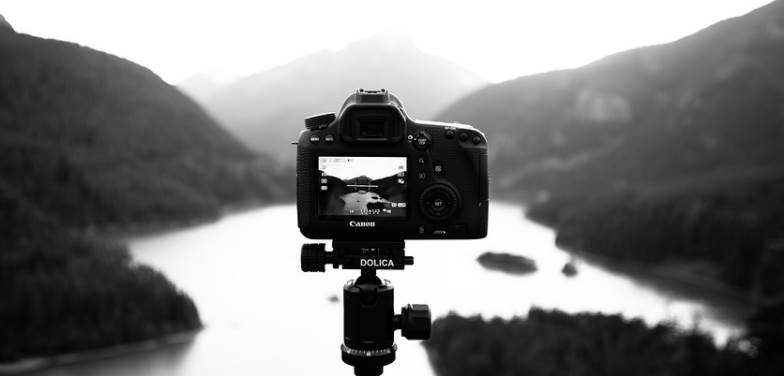
So, for instance, if you are buying a 35mm lens, it should have a 63-degree field of view (diagonally) on a full-frame camera. 50mm lens is going to have a 47-degree field of view. The longer the focal length, the smaller the field of view becomes.
With that said, the field of view also is influenced by the crop factor, and that is all dependent on the crop factor of the specific camera you are using.
It is important to know that the field of view is going to affect the perspective a lot more than you might know, but at the end of the day, both the focal length and the field of view are important to understand.
Zoom Vs. Prime Lens
When you are in the market looking at a host of lenses that you can buy, you will be able to choose from several lenses. The most common debate that you are going to see is between zoom and prime lenses. Now, before I tell you the difference, it is important to know that these lenses have their use cases.
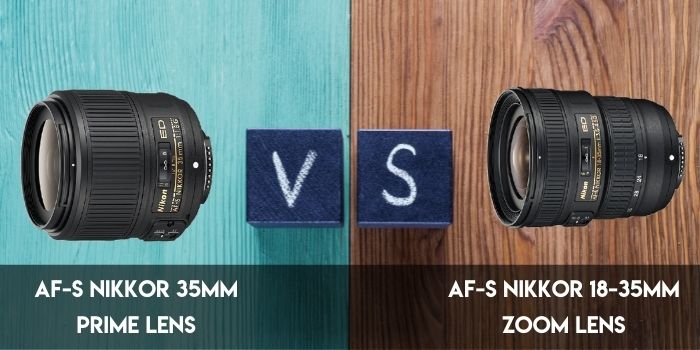
Prime lenses are the lenses that come with a fixed focal length. This means that if you have a 35mm prime lens, it cannot increase or decrease the focal length and will stay at the range that it has.
On the other hand, as the name suggests, zoom lenses are the lenses that can increase or decrease their focal length based on the need of the photographer. Zoom lenses are more versatile, and in some cases, more expensive too.
However, 24-70mm is a common zoom lens that is considered to be a part of the holy trinity of lenses.
With this lens, you are getting multiple focal ranges all in one lens, and the results are great, too. Therefore, when choosing a lens, always keep this in mind.
Lens Focal Length Comparison
Now that we have looked at most of the information about focal lengths, we can start looking at the focal length comparison in which we will be exploring different focal lengths that you will find.
Wide-Angle Lens
The first lens that you are looking at is a wide-angle lens, these are a lot more common than one might want to think, and this lens can start from anywhere from 10mm and go as high as 35mm.
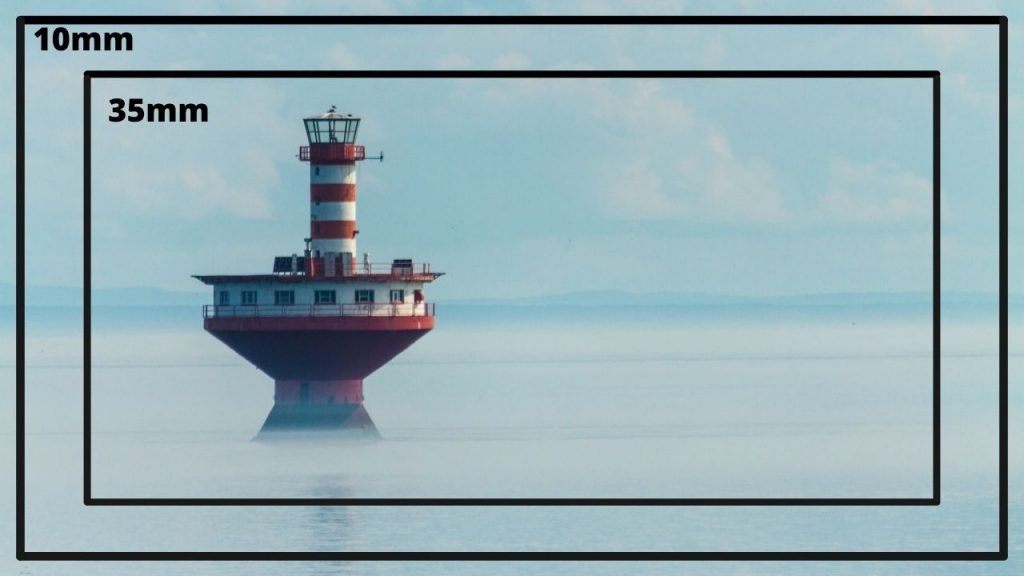
The lenses are available in a wide range of aperture options. You can always buy prime lenses that are wide-angle or get zoom lenses that are wider angle.
Standard Lens/Prime Lens
Next up, you are going to run into standard lenses that are also called prime lenses; these lenses are going to ship with fixed focal length. These can range from several focal lengths, with the most common one being 35mm, 50mm, and 85mm.
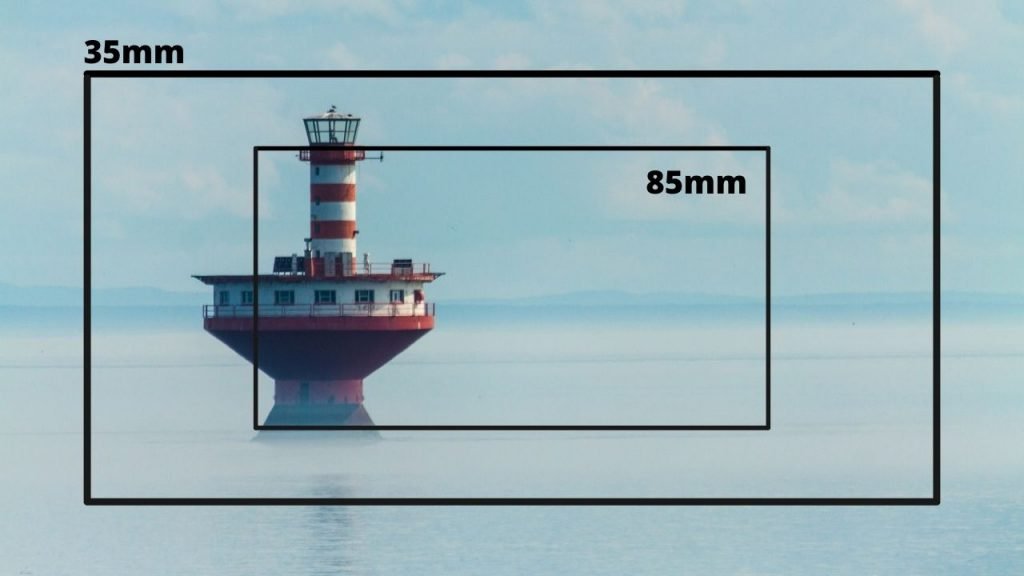
These lenses are great for taking pictures that have a shallower depth of field, or they look dramatic. Therefore, having one of the prime lenses in your arsenal is going to go a long way. Just be sure that you are getting the right lens, and you would do just fine.
Super Telephoto Lens
We are now looking at super-telephoto lenses; these lenses usually start from the focal length that is 20mm or above. As you can guess, these are for specialized uses like wildlife photography or any form of photography in which you are far from the subject.
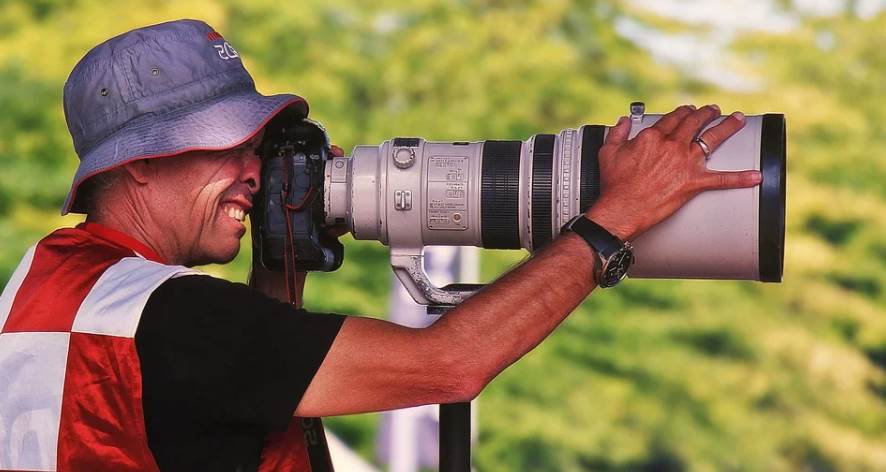
Normally, all the lenses that are super-telephoto start from 200mm and can go as high as 800mm. These are expensive, big, and heavy to carry. Therefore, make sure you want these lenses in the first place.
Telephoto Lens
A telephoto lens is generally any lens that has a focal range that can zoom. Whether you are looking at a 16-35mm, 24-70mm, or a 70-200mm. All these are telephoto lenses. These are commonly available in the market and are used for varying purposes ranging from wedding, portrait, sports, and wildlife photography.
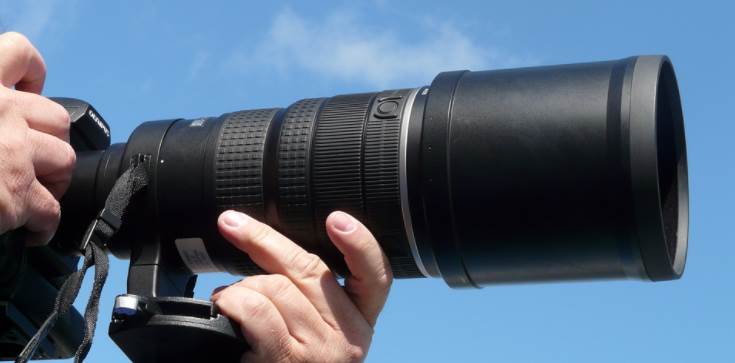
Some of the higher-end telephoto lenses are often more expensive but, at the same time, do deliver a great photography experience. So, you can always have that in mind when buying a lens like that as it is important.
Macro Lens
A macro lens is one of the best types of lenses for photography in which you are getting up close to the subject; this is most commonly used in product photography in which you want to show the nuances of the product that you are photographing.
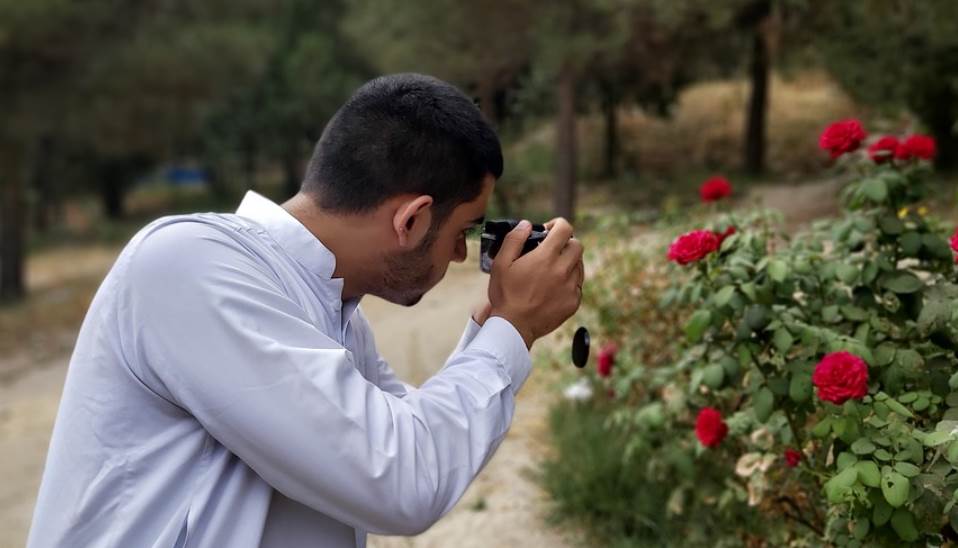
A macro lens is not determined by the focal length but by the minimum focusing distance of the lens. The shorter the distance, the more accurately it will be able to capture on a macro level.
You can commonly find macro lenses in 35, 50, and 100mm focal lengths, and they are, in most cases, fixed focal range lenses rather than being zoom lenses.
Portrait Lenses
Next up, we have the portrait lenses. These lenses are great if you are looking to take portraits. In the past, only prime lenses were considered portrait lenses.
However, any lens with a wide aperture and a good selection of focal length can be used as a portrait lens. At the end of the day, it is all about how you take the picture and handle the lens.
Landscape Lenses
Over the past couple of years, another common form of lenses that we have started seeing happens to be landscape lenses. As suggested, these lenses are a lot more common than one might think. But what exactly is a landscape lens?
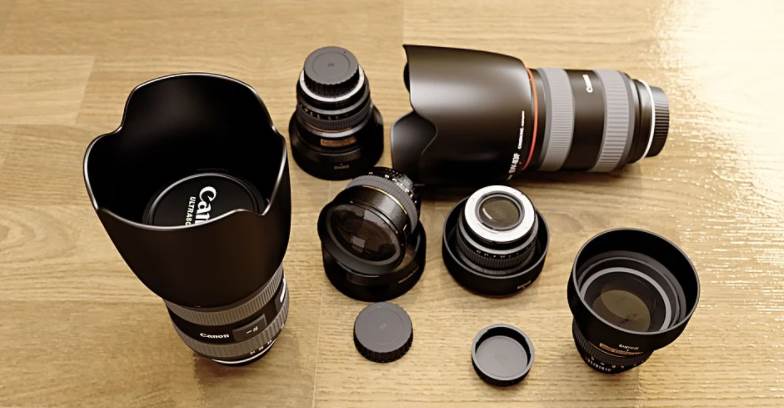
Simply put, any lens that has a focal length that is short enough to fit the landscape, so a lot of elements of a scene can fit, is considered a landscape lens.
You can take great landscape shots with a 50mm, but normally, anything from 16 to 35mm is considered to be a great range for landscape photography.
More reading: Portrait Vs. Landscape
All-In-One Lenses
The last type of lens that we are looking at is an all-in-one lens. As the name suggests, these are general-purpose lenses. In the past, these lenses were not as good, but they have become a lot better.
Normally, these lenses are also called standard zoom lenses, and they offer some level of zoom.
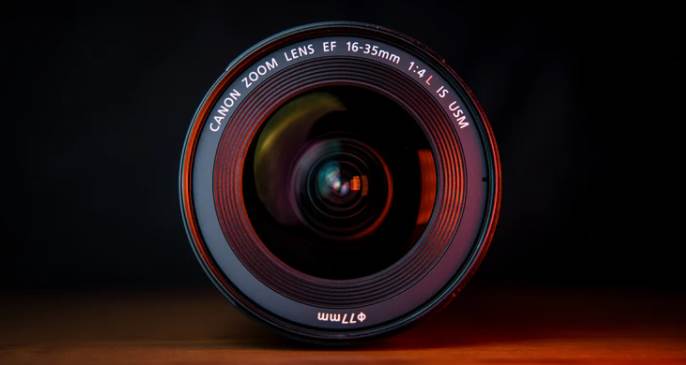
The purpose here is to cover several focal lengths in just a single lens and have a fixed aperture across the entire zoom length. For instance, the 16-35mm f/2.8 is a great example of an all-in-one lens. Then you have a 24-70mm lens as well.
Does Crop Factor Impact Focal Length?
When you are buying a lens or a camera, the one thing that you might come across very often is going to be called crop factor.
Now, a full-frame sensor has a 1.0x crop factor, which means that the sensor is 35mm, and whatever lens you put on to that camera, the focal length will be multiplied by the crop factor of the lens.
So, for instance, if you put a 50mm lens on a camera with a 1.0x crop factor, the resulting focal length will be 50mm. However, the same cannot be said for crop factor cameras. For instance, the APS-C (also called crop sensors) will have a crop factor of 1.6x on camera.
This means that the focal length of the lens will be multiplied by the 1.6 crop factor, and you will get the resulting focal length. So, a 50mm lens on a crop sensor would be equivalent to 80mm.
Therefore, be careful when you are choosing crop sensor camera bodies because they can have a massive influence on your photography.
Frequently Asked Questions (FAQs)
Q1- What does the focal length mean?
Answer: In photography, the focal length of the lens is an optical property of the lens, which measures the distance in millimeters between the optical centre of the lens and the camera sensor or the film plane, for that matter. It is determined with the camera focused on infinity.
Q2- What is the focal length of a lens?
Answer: The focal length of the lens is simply put the distance between the lens and the sensor when the subject is fully in focus. This is denoted by mm, and in the case of zoom lenses, both the minimum and maximum focal lengths are written to avoid confusion.
Q3- What is the focal length in simple words?
Answer: In simpler words, the focal length is the distance between the lens and the sensor of the camera when you are completely focused on a subject. There are a lot of ways to explain what focal length is, and the more you read about it, the more difficult it is going to be for you to understand.
Q4- How far can a 600mm lens see?
Answer: If you are wondering how far a 60mm lens can see, the minimum focusing distance of this lens is around 15 feet. This means that the objects that are 15 feet away will start appearing clearly. But the max focus distance is as far as the object can appear to the camera and how the focal length works.
Q5- What focal length do I need?
Answer: This is an open question. You only need the focal length that is appropriate for your use. Normally, the photographer suggests that you start with three basic lenses; a 16-35mm, a 24-70mm, and a 70-200mm.
Within these ranges, you are getting every focal length that you could want. Just be sure that you are getting for a wider and possibly fixed aperture.
Wrap-Up:
Understanding the focal length is a lot easier than you might think, to be honest. Granted, if you go into the actual definition of it and start looking at all the aspects of it in the light of physics, then it becomes a lot more difficult.
But then again, photography is largely based on physics, and some elements do trickle down here, as well.
Thankfully, the purpose of this article was to make it as easy as it could be humanly possible to explain vocal length to everyone so they do not find themselves confused as to what they should be doing and should not be doing.